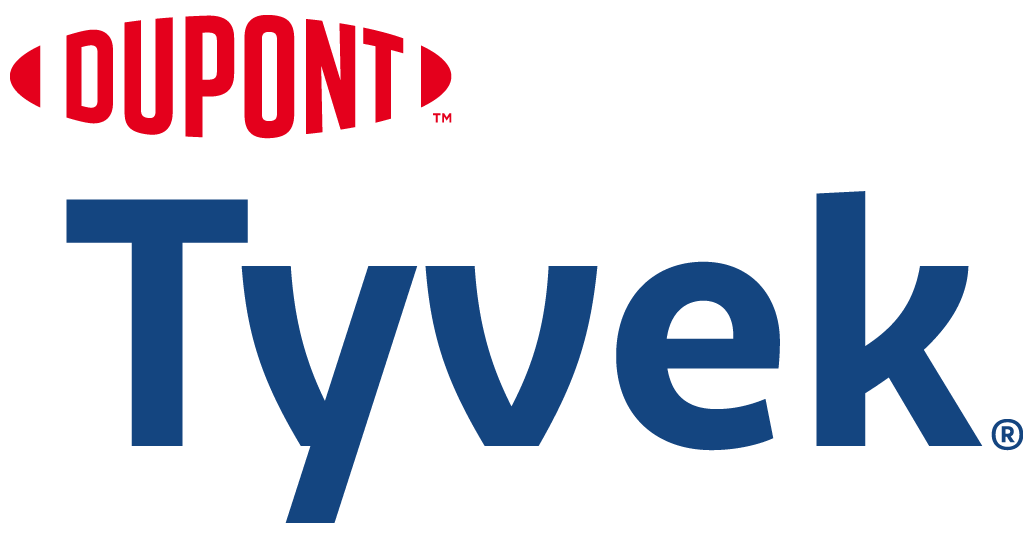PPE expert DuPont has released a new e-guide for Health, Safety and Environmental (HSE) managers to diminish the environmental impacts of CO2 emissions caused by the PPE supply chain.
This includes its selection, use and disposal, and aims to encourage a circular economy.
Titled "The HSE Manager's Guide to Circular PPE: Key Steps to Minimizing PPE Waste", the resource offers guidance on working with PPE manufacturers to implement more environmentally-conscious practices.
This follows increasing pressure for manufacturers to move towards a more 'circular economy', with the European Union's Green Deal implementing the Eco-Design for Sustainable Products Regulation (ESPR).
This means manufacturers must take steps to improve the design, recyclability, reuse, durability and end-of-life of products.
“The circular approach centers on minimising waste, keeping materials in use, and supporting more regenerative and restorative systems,” says Chloé Caux-Wetherell, EMEA Marketing Manager, DuPont Personal Protection.
“Textiles, including PPE, are a key focus – but success depends on the entire value chain working together.”
DuPont’s e-guide looks at how HSE managers can encourage more sustainable practices at every stage in the garment lifecycle – from manufacturing and packaging through to recycling.
It offers tips on how to select a PPE provider based on their circular credentials, including what materials their garments include and what arrangements they have in place for textile recovery and recycling.
The resource also delves into the ways HSE managers can help reduce waste and CO2 emissions associated with the garment packaging and transportation process.
Among the topics explored in the e-guide are:
- How to reduce garment packaging
- The importance of choosing durable materials for garments
- The fabric recycling process and why some are more readily recyclable
- How DuPont values sustainability through its coverall recycling scheme
The resource can be found on DuPont's website.

